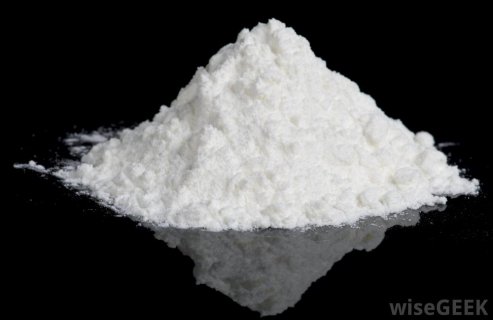
What is Titanium Dioxide?
Titanium Dioxide: Toxic or Safe?
Titanium dioxide is the subject of new controversy, yet it is a substance as old as the earth itself. It is one of the top fifty chemicals produced worldwide. It is a white, opaque and naturally- occurring mineral found in two main forms: rutile and anatase. Both forms contain pure titanium dioxide that is bound to impurities. Titanium dioxide is chemically processed to remove these impurities, leaving the pure, white pigment available for use. Titanium dioxide has a variety of uses, as it is odorless and absorbent. This mineral can be found in many products, ranging from paint to food to cosmetics. In cosmetics, it serves several purposes. It is a white pigment, an opacifier and a sunscreen. Concern has arisen from studies that have pointed to titanium dioxide as a carcinogen and photocatalyst, thus creating fear in consumers. But are these claims true? What does the research on these allegations bear out? Would we as consumers benefit from avoiding this mineral to preserve our long-term health?
A carcinogen is a substance that causes a cellular malfunction, causing the cell to become cancerous and thus potentially lethal to the surrounding tissue and ultimately the body as these rapidly growing mutated cells take over. With the surge in cancer rates among all segments of the population, many people are attempting to reduce or eliminate their exposure to carcinogens. Titanium dioxide is regarded as an inert, non-toxic substance according to its Material Safety Data Sheet (MSDS). Potential adverse effects are also listed on its MSDS, readily available online. For example, the MSDS has stated that titanium dioxide can cause some lung fibrosis at fifty times the nuisance dust, defined by the US Department of Labor as 15 mg/m cubed (OSHA) or 10 mg/m cubed (ACGIH Threshold Limit Value). Recently, the International Agency for Research on Cancer (IARC) has classified titanium dioxide to be a possible human carcinogen, thus a group 2B carcinogen. In Canada, titanium dioxide is now listed under WHMIS class D2A (carcinogen)as a result of the IARC designation (ccohs.ca). The definition by the IARC for Group 2B possibly carcinogenic to humans is as follows:
"This category is used for agents for which there is limited evidence of carcinogenicity in humans and less than sufficient evidence of carcinogenicity in experimental animals. It may also be used when there is inadequate evidence of carcinogenicity in humans but there is sufficient evidence of carcinogenicity in experimental animals. In some instances, an agent for which there is inadequate evidence of carcinogenicity in humans and less than sufficient evidence of carcinogenicity in experimental animals together with supporting evidence from mechanistic and other relevant data may be placed in this group. An agent may be classified in this category solely on the basis of strong evidence from mechanistic and other relevant data." (monographs.iarc.fr)
The NIOSH declaration of carcinogenicity in rats is based on a study by Lee, Trochimowicz & Reinhardt, "Pulmonary Response of Rats Exposed to Titanium Dioxide by Inhalation...
You might also like
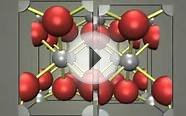
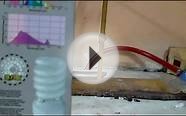
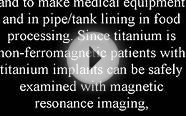
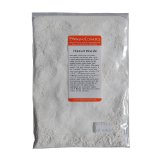
|
Titanium Dioxide - 4.4oz / 125g Beauty (MakingCosmetics Inc.)
|
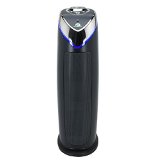
|
GermGuardian AC4825, 3-in-1 Air Cleaning System with True HEPA, UV-C and Odor Reduction, 22-Inch Health and Beauty (Guardian Technologies)
|
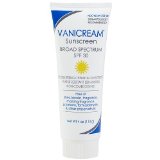
|
Vanicream Sunscreen, Sensitive Skin, SPF 30, 4-Ounce, Beauty (Vanicream)
|
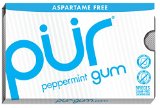
|
PUR gum Peppermint Gum-Aspartame Free, 9-Count (Pack of 12) Grocery (PUR gum)
|
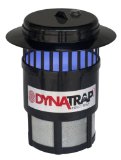
|
Dynatrap Insect Trap -1/2 Acre The Original Insect Trap Lawn & Patio (Dynatrap)
|





